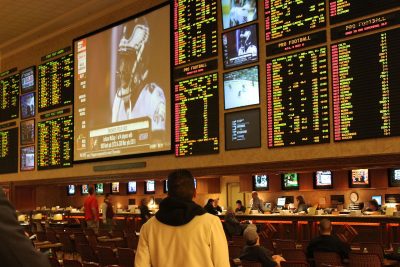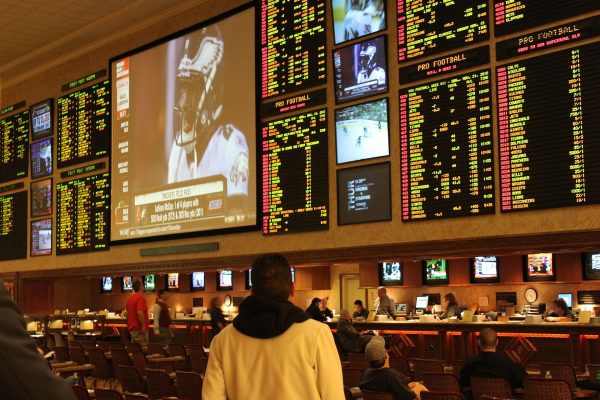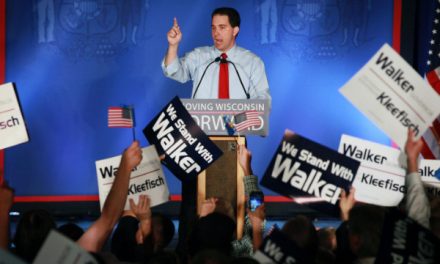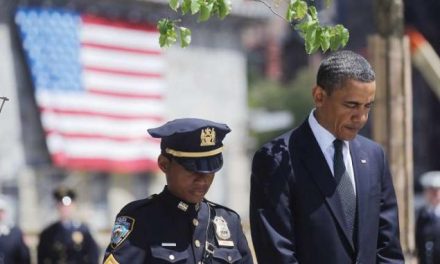By Randall W. Forsyth – Barrons
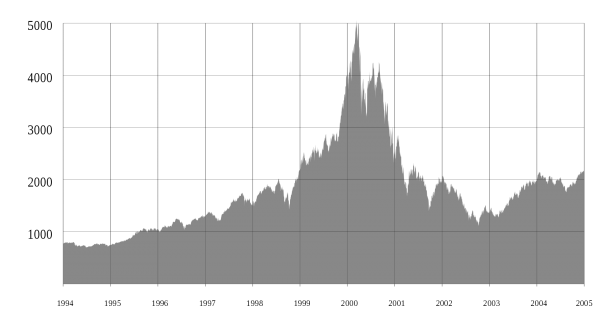
A chart of the NASDAQ 100 between 1994 and 2004, including the dot-com bubble. Image credit: Wikipedia
May 22, 2020 – A funny thing is happening while we’re holed up at home. In addition to binge-watching and bread-baking, day trading among individual investors has taken off.
A full-blown retail mania has taken hold in buying and selling small lots of stocks and options, says Jim Bianco, head of the eponymous Bianco Research, who over the years has been in front of the big trends in markets, in part because he watches things that conventional indicators don’t pick up.
The day-trading trend has been powered both by changes in the online brokerage business and the coronavirus crisis. That, along with a confidence among these small traders that stocks’ plunge in March would elicit forceful action by the Federal Reserve to reverse the declines, persuaded them to get in on the expected bounce.
First, spurred by the upstart app-based Robinhood trading platform aimed at millennials and Gen Zers, zero commissions became the rule — one embraced last year by giants Charles Schwab (ticker: SCHW), Fidelity Investments, E*Trade Financial (ETFC), and Interactive Brokers (IBKR).
More recently, Schwab and Fidelity announced that they would follow another innovation of this upstart — permitting trades of fractional shares, letting small guys get a piece of highflying stocks priced in the hundreds or thousands of dollars. As a Robinhood ad touted, “Got .3 shares of Tesla stock today.
Little by little.”Then came the shutdown of much of the economy, the quarantining at home for most of us, and the halt in sports and online gambling. So, Bianco argues, punters switched to stocks.
In addition, many Americans — including those with moderate incomes — used their coronavirus stimulus checks to trade stocks, according to data from Envest Yodlee, a finance aggregator, which compared recipients’ bank transfers with those of people who didn’t receive the federal payments.
It found that the third-biggest jump in bank transfers for those with incomes of $35,000 to $75,000 — behind only savings and cash withdrawals — was for securities trades, CNBC.com reported. Even households in the $100,000-to-$150,000 income range stepped up their transfers for trading.
Sports betting in a Las Vegas betting facility. Image credit: Wikipedia
Unlike past manias, which have been fed by momentum traders cashing in on an uptrend, this one has been fueled by motivators known as TINA and FOMO, Bianco continued. The Fed’s aggressive slashing of interest rates to near zero led investors to conclude that “there is no alternative” to stocks. And the trillions the central bank pumped into the financial system stoked “fear of missing out” on the stock market rebound they correctly anticipated.
Traders jumped on the most beaten-down, lowest-priced shares, with the expectation that they could score the biggest percentage pops. These bettors piled into airlines, which are getting federal assistance — ironically the opposite of the tack taken by Warren Buffett’s Berkshire Hathaway (BRK.A), which dumped its airline holdings.
The top Robinhood trader positions are Ford Motor (F) and General Electric (GE), which are near their lows, with single-digit prices. Also stepped up: bets on Covid-19 treatments from Sorrento Therapeutics (SRNE) and Moderna (MRNA).
Even more, these speculators also have piled into options. Citing data from Sentimentrader, Bianco describes small options trades of fewer than 10 contracts as being overwhelmingly bullish, with buying of calls or selling of puts.
The frenzied trading of stocks and options by erstwhile sports bettors worries Liz Ann Sonders, Schwab’s chief investment strategist. Even though her employer is benefiting from the surge in new accounts and trading volume, she views it as a sign of speculative excess.
And E*Trade, wary of all the money coming from inexperienced investors, is running ads showing bears shopping in a supermarket, with the message that if this is your idea of a bear market, trading isn’t for you.
To Bianco, what he terms the retail mania has been a major driver of stocks’ 30% retracement from their March lows. He contends that it’s a bear-market rally, not the start of a new bull market.
And now, the National Basketball Association and Major League Baseball are preparing to start play, with the National Football League set to follow in the fall. Will the new day traders stick around when there are games to bet on again?

